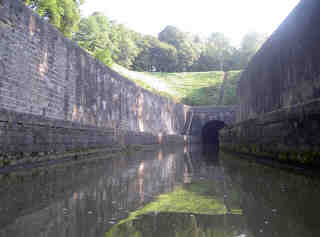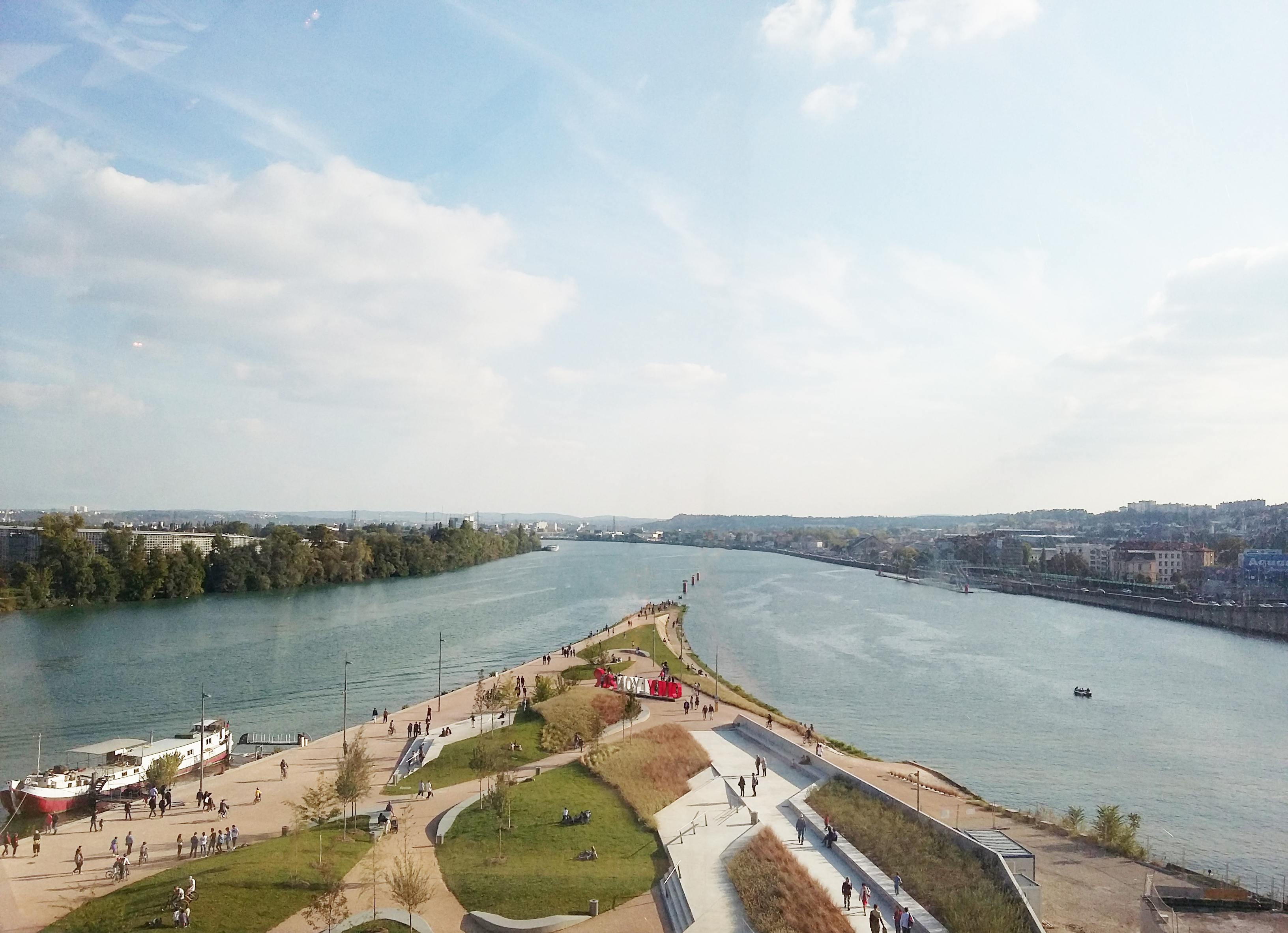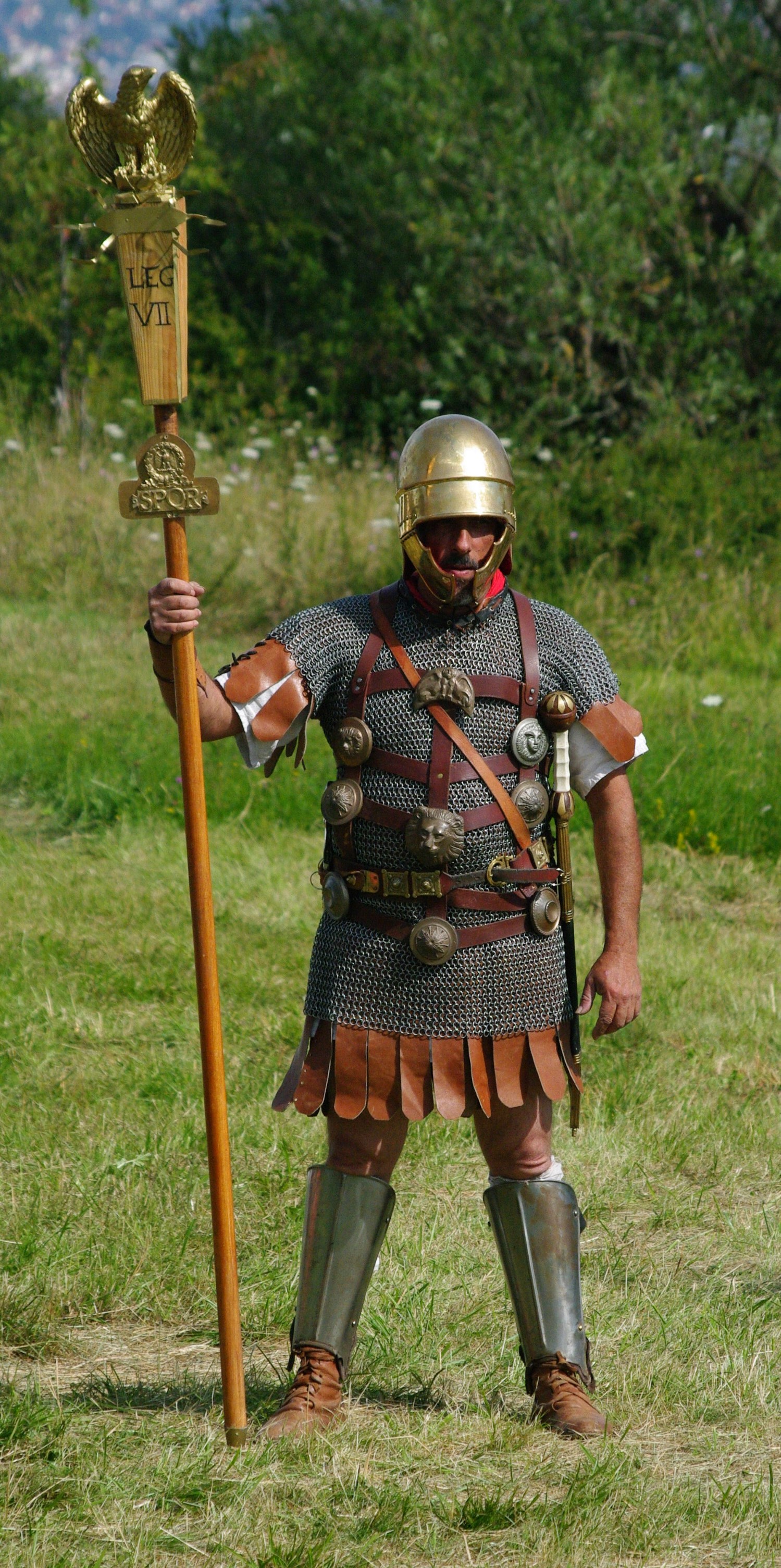|
Saône (river)
The Saône ( , ; ; ) is a river in eastern France (modern region of Bourgogne-Franche-Comté). It is a right tributary of the Rhône, rising at Vioménil in the Vosges department and joining the Rhône in Lyon, at the southern end of the Presqu'île. Terminology The name derives from that of the Gallic river goddess Souconna, which has also been connected with a local Celtic tribe, the Sequanes. Monastic copyists progressively transformed ''Souconna'' to ''Saoconna'', which ultimately gave rise to . The other recorded ancient names for the river were and . The name ''Arar'' later gave rise to specific regional terms in historiography, created to designate various northern parts of historical Burgundy in relation to the river Saône. Depending on the point of view of a particular author, northern Burgundian lands were thus designated whether "on this side of Saône" () or "on the other side of Saône" (). Geography The Saône rises at Vioménil at the foot of the cliff o ... [...More Info...] [...Related Items...] OR: [Wikipedia] [Google] [Baidu] |
Lyon
Lyon (Franco-Provençal: ''Liyon'') is a city in France. It is located at the confluence of the rivers Rhône and Saône, to the northwest of the French Alps, southeast of Paris, north of Marseille, southwest of Geneva, Switzerland, northeast of Saint-Étienne. The City of Lyon is the List of communes in France with over 20,000 inhabitants, third-largest city in France with a population of 522,250 at the Jan. 2021 census within its small municipal territory of , but together with its suburbs and exurbs the Lyon Functional area (France), metropolitan area had a population of 2,308,818 that same year, the second largest in France. Lyon and 58 suburban municipalities have formed since 2015 the Lyon Metropolis, Metropolis of Lyon, a directly elected metropolitan authority now in charge of most urban issues, with a population of 1,424,069 in 2021. Lyon is the Prefectures in France, prefecture of the Auvergne-Rhône-Alpes Regions of France, region and seat of the Departmental co ... [...More Info...] [...Related Items...] OR: [Wikipedia] [Google] [Baidu] |
Souconna (mythology)
Souconna is a Celtic goddess, the deity of the river Saône at Chalon-sur-Saône, to whom epigraphic Epigraphy () is the study of inscriptions, or epigraphs, as writing; it is the science of identifying graphemes, clarifying their meanings, classifying their uses according to dates and cultural contexts, and drawing conclusions about the wr ... invocation was made. References * ''Dictionary of Celtic Myth and Legend''. Miranda Green. Thames and Hudson Ltd. London. 1997 Gaulish goddesses Sea and river goddesses Personifications of rivers {{Celt-myth-stub ... [...More Info...] [...Related Items...] OR: [Wikipedia] [Google] [Baidu] |
Indo-European Root
The roots of the reconstructed Proto-Indo-European language (PIE) are basic parts of words to carry a lexical meaning, so-called morphemes. PIE roots usually have verbal meaning like "to eat" or "to run". Roots never occurred alone in the language. Complete inflected verbs, nouns, and adjectives were formed by adding further morphemes to a root and potentially changing the root's vowel in a process called ablaut. A root consists of a central vowel that is preceded and followed by at least one consonant each. A number of rules have been determined to specify which consonants can occur together, and in which order. The modern understanding of these rules is that the consonants with the highest sonority () are nearest to the vowel, and the ones with the lowest sonority such as plosives are furthest away. There are some exceptions to these rules such as thorn clusters. Sometimes new roots were created in PIE or its early descendants by various processes such as root extensions (a ... [...More Info...] [...Related Items...] OR: [Wikipedia] [Google] [Baidu] |
Roman Conquest Of Gaul
The Gallic Wars were waged between 58 and 50 BC by the Roman general Julius Caesar against the peoples of Gaul (present-day France, Belgium, and Switzerland). Gallic, Germanic, and Brittonic tribes fought to defend their homelands against an aggressive Roman campaign. The Wars culminated in the decisive Battle of Alesia in 52 BC, in which a complete Roman victory resulted in the expansion of the Roman Republic over the whole of Gaul. Though the collective Gallic armies were as strong as the Roman forces, the Gallic tribes' internal divisions eased victory for Caesar. Gallic chieftain Vercingetorix's attempt to unite the Gauls under a single banner came too late. Caesar portrayed the invasion as being a preemptive and defensive action, but historians agree that he fought the wars primarily to boost his political career and to pay off his debts. Still, Gaul was of significant military importance to the Romans. Native tribes in the region, both Gallic and Germanic, ... [...More Info...] [...Related Items...] OR: [Wikipedia] [Google] [Baidu] |
Metropolitan France
Metropolitan France ( or ), also known as European France (), is the area of France which is geographically in Europe and chiefly comprises #Hexagon, the mainland, popularly known as "the Hexagon" ( or ), and Corsica. This collective name for the European regions of France is used in everyday life in France but has no administrative meaning, with the exception that only Metropolitan France is part of the Schengen Area. Indeed, the overseas departments and regions of France, overseas regions have exactly the same administrative divisions of France, administrative status as the metropolitan regions. Metropolitan France comprises mainland France and Corsica, as well as nearby List_of_islands_of_France#Islands_of_metropolitan_France, French islands in the Atlantic Ocean, the English Channel and the Mediterranean Sea waters. Its borders have undergone significant territorial evolution of France, changes over the centuries, particularly in the east, but have remained unaltered since 1947 ... [...More Info...] [...Related Items...] OR: [Wikipedia] [Google] [Baidu] |
Drainage Basin
A drainage basin is an area of land in which all flowing surface water converges to a single point, such as a river mouth, or flows into another body of water, such as a lake or ocean. A basin is separated from adjacent basins by a perimeter, the drainage divide, made up of a succession of elevated features, such as ridges and hills. A basin may consist of smaller basins that merge at river confluences, forming a hierarchical pattern. Other terms for a drainage basin are catchment area, catchment basin, drainage area, river basin, water basin, and impluvium. In North America, they are commonly called a watershed, though in other English-speaking places, " watershed" is used only in its original sense, that of the drainage divide line. A drainage basin's boundaries are determined by watershed delineation, a common task in environmental engineering and science. In a closed drainage basin, or endorheic basin, rather than flowing to the ocean, water converges toward the ... [...More Info...] [...Related Items...] OR: [Wikipedia] [Google] [Baidu] |
Saône-et-Loire
Saône-et-Loire (; Arpitan: ''Sona-et-Lêre'') is a department in the Bourgogne-Franche-Comté region in France. It is named after the rivers Saône and Loire, between which it lies, in the country's central-eastern part. Saône-et-Loire is Bourgogne-Franche-Comté's most populous department with a population of 551,493 as of 2019.Populations légales 2019: 71 Saône-et-Loire INSEE It is also its southernmost department, as it is situated on the regional border with . Saône-et-Loire's |
Verdun-sur-le-Doubs
Verdun-sur-le-Doubs (, literally ''Verdun on the Doubs'') is a former commune in the Saône-et-Loire department in the region of Bourgogne-Franche-Comté in eastern France.Commune de Verdun-sur-le-Doubs (71566) INSEE On 1 January 2025, it was merged into the new commune of Verdun-Ciel. Position and history It is in the south-centre of Bourgogne-Franche-Comté at the confluence of the and the in the |
Three Sights Lyon
3 (three) is a number, numeral and digit. It is the natural number following 2 and preceding 4, and is the smallest odd prime number and the only prime preceding a square number. It has religious and cultural significance in many societies. Evolution of the Arabic digit The use of three lines to denote the number 3 occurred in many writing systems, including some (like Roman and Chinese numerals) that are still in use. That was also the original representation of 3 in the Brahmic (Indian) numerical notation, its earliest forms aligned vertically. However, during the Gupta Empire the sign was modified by the addition of a curve on each line. The Nāgarī script rotated the lines clockwise, so they appeared horizontally, and ended each line with a short downward stroke on the right. In cursive script, the three strokes were eventually connected to form a glyph resembling a with an additional stroke at the bottom: ३. The Indian digits spread to the Caliphate in the 9th ... [...More Info...] [...Related Items...] OR: [Wikipedia] [Google] [Baidu] |
Vosges (departement)
Vosges () is a department in the Grand Est region, Northeastern France. It covers part of the Vosges mountain range, after which it is named. Vosges consists of three arrondissements, 17 cantons and 507 communes, including Domrémy-la-Pucelle, where Joan of Arc was born. In 2019, it had a population of 364,499 with an area of ; its prefecture is Épinal. History Hundred Years' War Joan of Arc was born in the village of Domrémy, then in the French part of the Duchy of Bar, or ''Barrois mouvant'', located west of the Meuse. The part of the duchy lying east of the Meuse was part of the Holy Roman Empire. The Duchy of Bar later became part of the province of Lorraine. The village of Domrémy was renamed Domrémy-la-Pucelle in honour of Joan. French Revolution The Vosges department is one of the original 83 departments of France, created on 4 March 1790 during the French Revolution. It was made of territories that had been part of the province of Lorraine. In German it is refer ... [...More Info...] [...Related Items...] OR: [Wikipedia] [Google] [Baidu] |
History Of Burgundy
The history of Burgundy stretches back to the times when the region was inhabited in turn by Celts, Romans (Gallo-Romans), and in the 5th century, the Roman allies the Burgundians, a Germanic people perhaps originating in Bornholm (Baltic Sea), who settled there and established the Kingdom of the Burgundians. This Burgundian kingdom was conquered in the 6th century by another Germanic tribe, the Franks, who continued the kingdom of Burgundy under their own rule. Later, the region was divided between the Duchy of Burgundy (to the west) and the County of Burgundy (to the east). The Duchy of Burgundy is the better-known of the two, later becoming the French province of Burgundy, while the County of Burgundy became the French province of Franche-Comté, literally meaning ''free county''. The situation is complicated by the fact that at different times and under different geopolitical circumstances, many different entities have gone by the name of 'Burgundy'. Historian Norman Dav ... [...More Info...] [...Related Items...] OR: [Wikipedia] [Google] [Baidu] |
Historiography
Historiography is the study of the methods used by historians in developing history as an academic discipline. By extension, the term ":wikt:historiography, historiography" is any body of historical work on a particular subject. The historiography of a specific topic covers how historians have studied that topic by using particular sources, techniques of research, and theoretical approaches to the interpretation of documentary sources. Scholars discuss historiography by topic—such as the historiography of the United Kingdom, of historiography of World War II, WWII, of the Pre-Columbian era, pre-Columbian Americas, of early historiography of early Islam, Islam, and of Chinese historiography, China—and different approaches to the work and the genres of history, such as political history and social history. Beginning in the nineteenth century, the development of academic history produced a great corpus of historiographic literature. The extent to which historians are influence ... [...More Info...] [...Related Items...] OR: [Wikipedia] [Google] [Baidu] |





